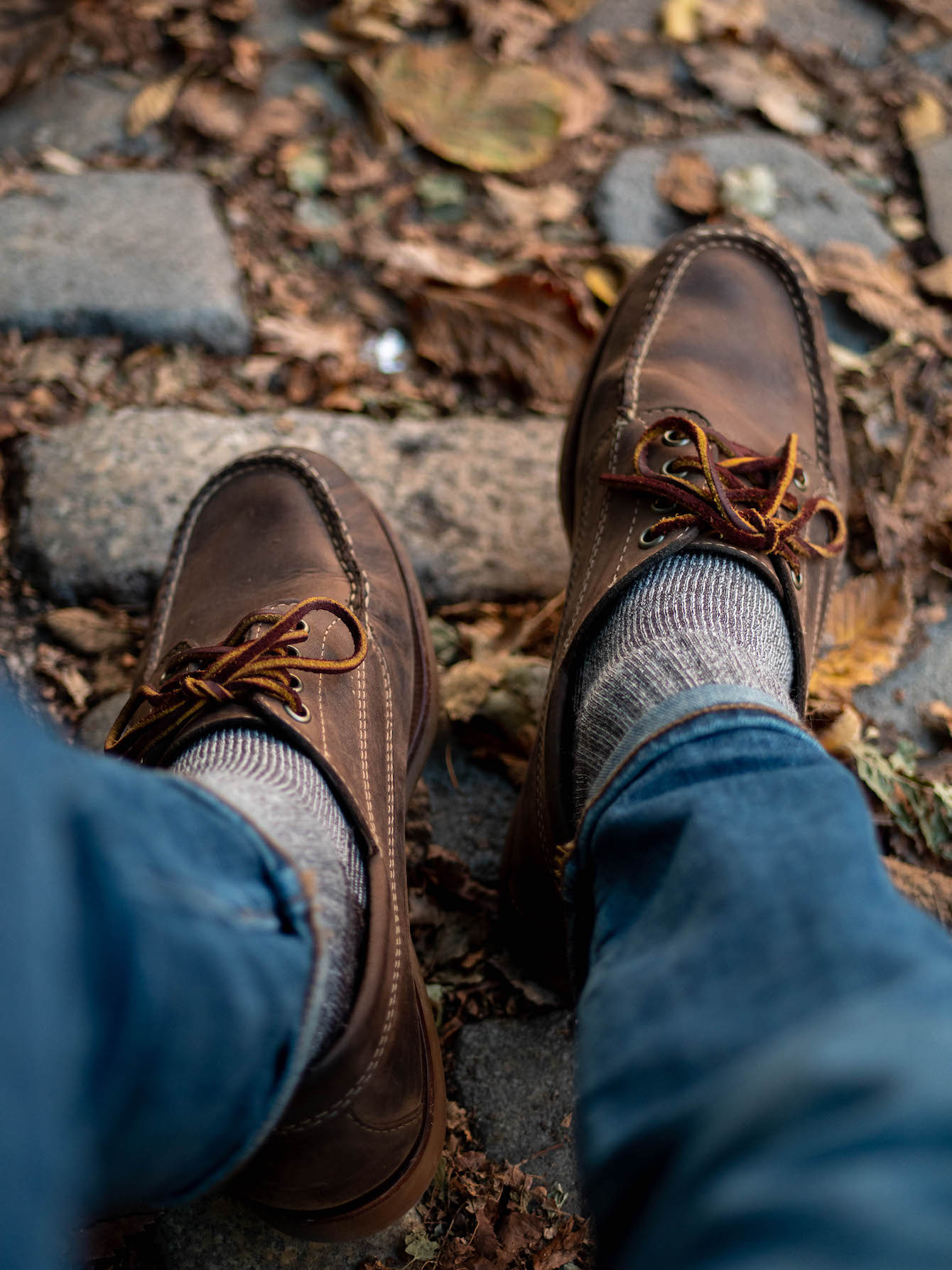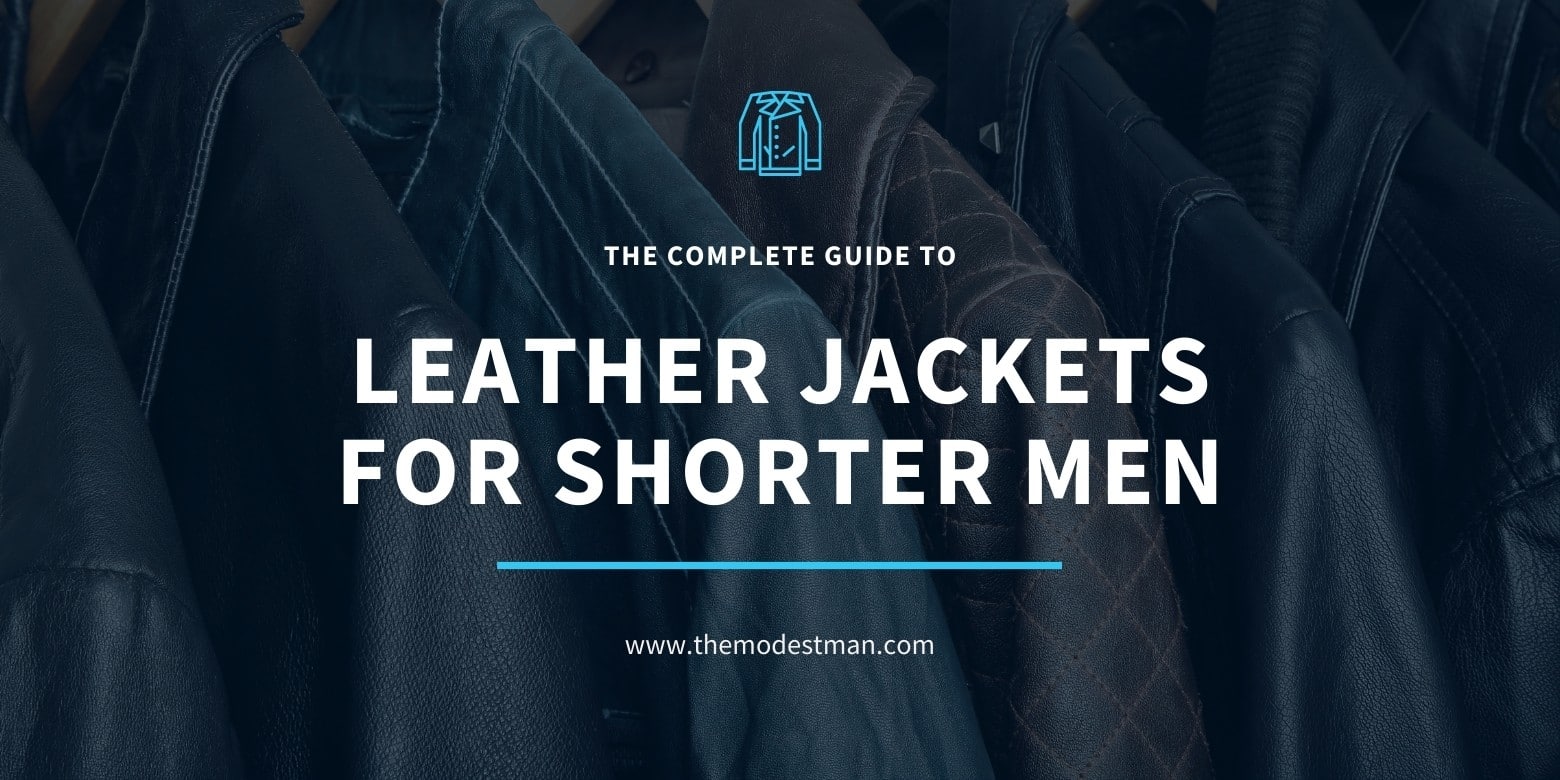What Are Moccasins? A Modern Day and Historical Guide
What exactly are moccasins? Is there a place for a pair in my wardrobe? Are they even fashionable?
Note on the author: Ellen Rubin started collecting Native American moccasins when she was 7, and continued adding to her collection until she was in her teens, eventually acquiring over 70 pairs.
Studying Native American history and culture was part of the collecting process. The photos in this article are items from her collection before it was sold. She currently writes about a variety of issues including sustainability and fashion.

Moccasins may be the oldest form of footwear, dating as far back as 30,000 BC, yet they are still practical, comfortable, and fashionable. They have adapted, evolved and transitioned as times and needs change.
They can be highly decorated or plain, for either indoor (slippers) or outdoor use, and are multi-functional. They persevere and periodically become highly fashionable – like today.
The defining characteristics of a moccasin are their materials (leather), their sole (flat), and their construction method or pattern profile. Even though superficial appearances may vary, the fundamentals have stayed the same.
Since WWII moccasins have morphed into several distinct fashion categories: loafers, boating shoes, driving mocs and boots, that can all be traced back to Native American footwear.
Table of Contents
Today, it is again possible to purchase shoes and slippers in buffalo from domestically raised herds. Still, historically, most moccasin uppers were made of deer or elk skin because it was more plentiful, easier to sew, comfortable, yet sturdy. Obtaining a hide is just the first step in converting an animal skin into workable leather. If left un-tanned, the hide will become putrid and quickly decompose. Rawhide is cured, but not tanned, hide. This is much stiffer leather and was used for the soles of some moccasins.Tanning
RELATED BEST 10 ON AMAZON:
Tips: "Amazon, Amazon Prime, the Amazon logo and Amazon Prime logo are trademarks of Amazon.com, Inc. or its affiliates". AS AN AMAZON ASSOCIATE, WE EARN AFFILIATE COMMISSIONS FROM QUALIFYING PURCHASES.






















